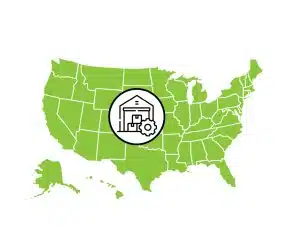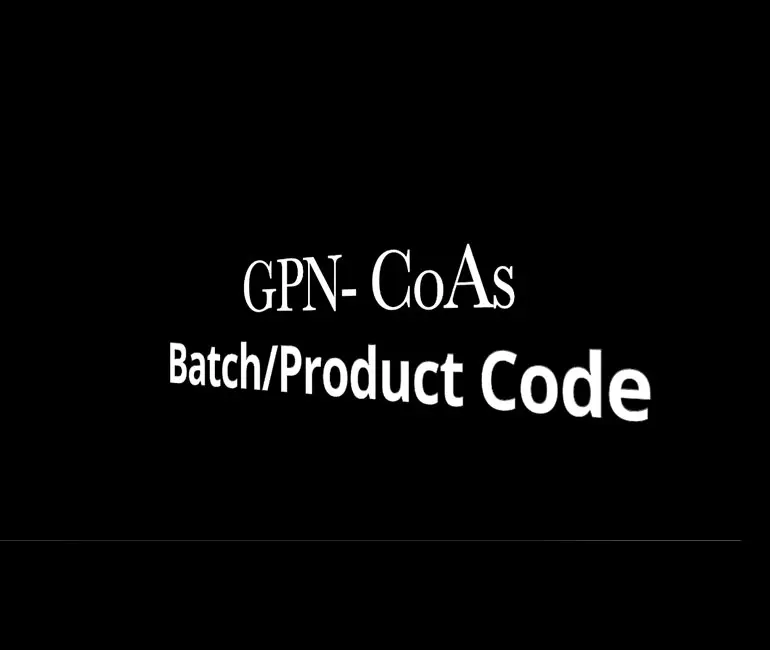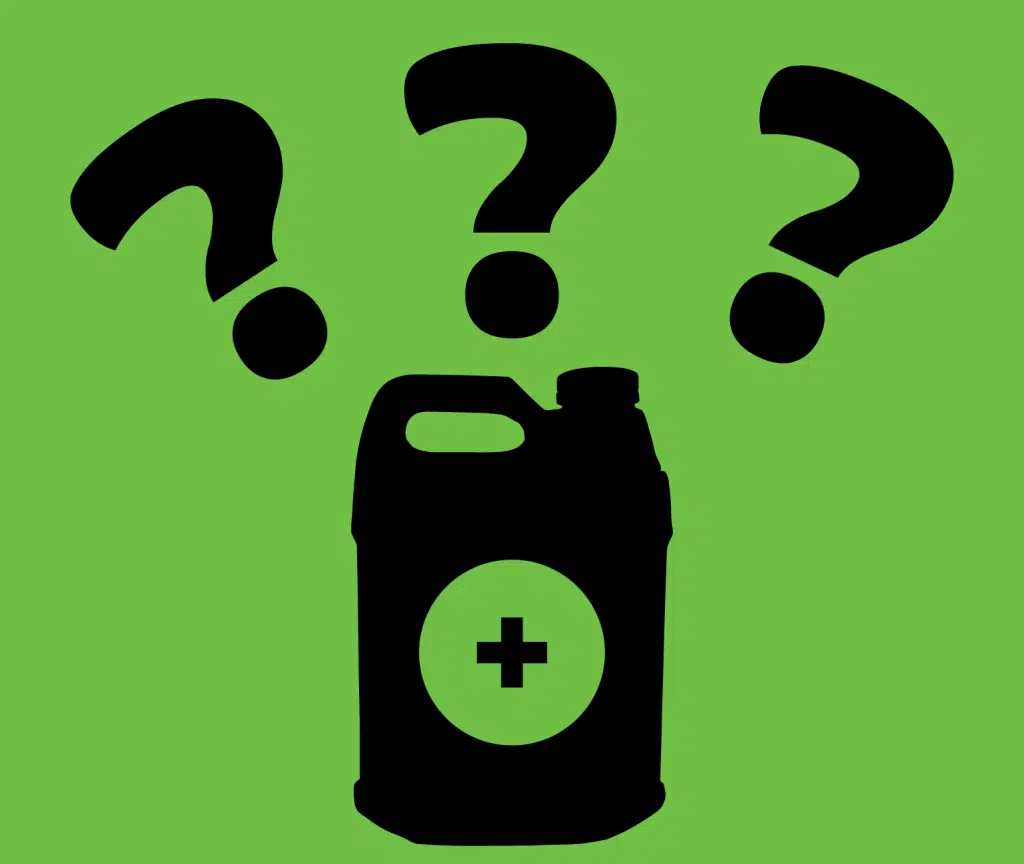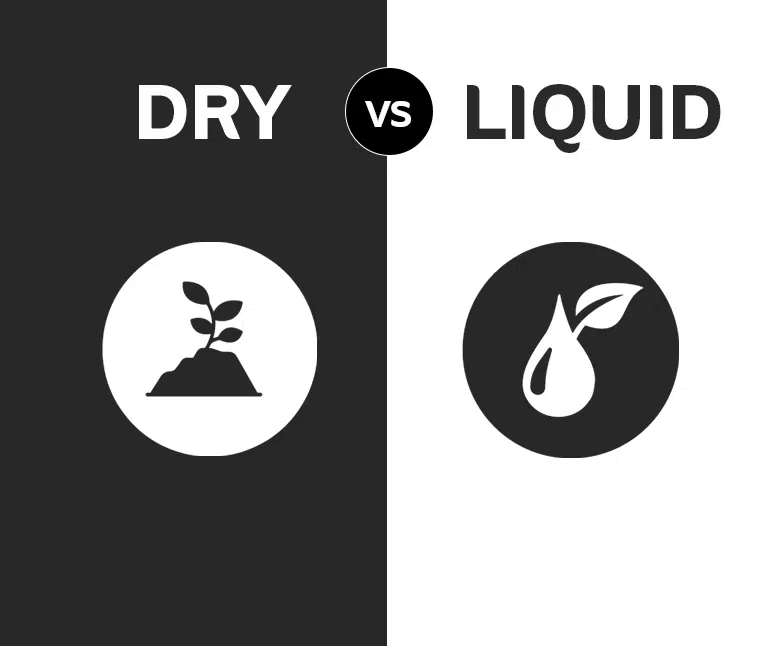
We are conducting an internal Inventory count: April 25th – 30th. All orders made after April 24th will be processed the week of May 1st. More info
Recent News






At GreenPlanet Nutrients, we believe in making your lives easier and that’s why we have our Certificate of Analysis(CoA) on our website. To find your CoA, you’ll need to locate the batch/product code which is attached to every product. This batch product code will help locate the CoA associated to that GreenPlanet Nutrient product.
NOTE: We do not produce COA's for Non-fertilizer products. For example PH Up and PH DownIn this video, we’ve given you an example of how to locate your batch/product code. Some of our bottles have them printed on the back of the bottle or placed on with a sticker.


Example: 12170318 is (Product – 12)(Batch – 17)(Month – 03)(Year – 18)

The above batch code is 21460620 (Product Code – 21)(Batch Code – 46)(Month Created – 06)(Year Created – 20)
Now that you have the batch/product code, please head over to our CoA finder. You can input the batch code into this section to retrieve the CoA associated with that product. We’ve password-protected this area and if you would like access to it, please contact us or your sales rep.
If you’re struggling or need some help please contact your sales rep for more information and support



At GreenPlanet Nutrients, we believe in making your lives easier and that’s why we have our Certificate of Analysis(CoA) on our website. To find your CoA, you’ll need to locate the batch/product code which is attached to every product. This batch product code will help locate the CoA associated to that GreenPlanet Nutrient product.
NOTE: We do not produce COA's for Non-fertilizer products. For example PH Up and PH DownIn this video, we’ve given you an example of how to locate your batch/product code. Some of our bottles have them printed on the back of the bottle or placed on with a sticker.


Example: 12170318 is (Product – 12)(Batch – 17)(Month – 03)(Year – 18)

The above batch code is 21460620 (Product Code – 21)(Batch Code – 46)(Month Created – 06)(Year Created – 20)
Now that you have the batch/product code, please head over to our CoA finder. You can input the batch code into this section to retrieve the CoA associated with that product. We’ve password-protected this area and if you would like access to it, please contact us or your sales rep.
If you’re struggling or need some help please contact your sales rep for more information and support



GP NUTRIENTS
COMPANY
CONSUMER
OUR WORLD
CONNECT
NEWSLETTER
usinfo@mygreenplanet.com
+1-866-913-4769
Monday: 8am – 4:30pm
Tuesday: 8am – 4:30pm
Wednesday: 8am – 4:30pm
Thursday: 8am – 4:30pm
Friday: 8am – 4:30pm
Saturday: Closed
Sunday: Closed
Week of Dec 18-22- Regular operating hours
Dec 25- Closed (Stat Holiday)
Dec 26- Closed (Non-Stat day off with pay)
Dec 27-29- Regular operating hours
Jan 1- Closed (Stat Holiday)
Jan 2-5- Regular operating hours